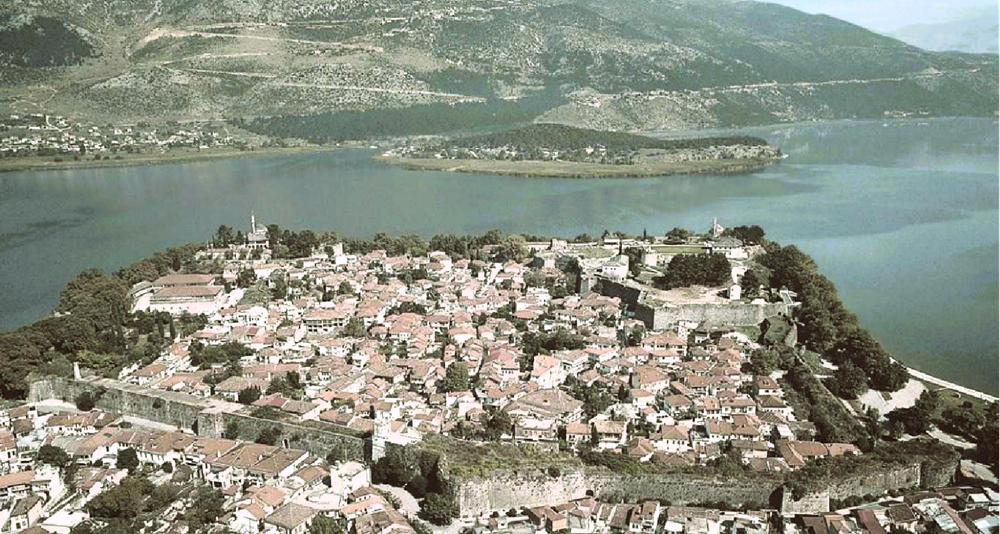
In the context of the implementation of the strategic plan of the Ministry of Culture and the Municipality of Ioannina for the unification of the two Acropolises of Ioannina, as well as the promotion and sustainable use of the emblematic monumental ensemble as a single archaeological and cultural site, the maturation of the studies for the restoration of parts of the walls and the southern bastion of the SE Acropolis was completed. The Castle of Ioannina is located in the south-eastern corner of the modern city, on the top of a rocky promontory and constitutes the fortified old city. It is declared as an ancient Byzantine monument and as a preserved archaeological site and historical place. It is one of the largest fortifications of the Ali Pasha era.
The Minister of Culture, Lina Mendoni, said: “The current form of the castle dates, to a large extent, to the period when Ali Pasha was in power, as reconstruction of the walls began in 1788 and was completed in 1815. Under Ali Pasha, ‘Its Kale’ became the main residence of the powerful ruler (Sarai). It includes parts of fortifications, secular and religious buildings from the Byzantine period and the centuries of Ottoman rule. It is an emblematic site for the city of Ioannina, charged with multiple meanings and symbolism.In the area of the Castle of Ioannina, an important programme of studies and projects is underway that are changing the image of the monumental fortification complex and the urban fabric of the city. As these studies mature, the restoration of the fortifications and the monuments adjacent to the walls is progressing. In conjunction with the restoration and upgrading interventions in the North-Eastern Acropolis, our aim is to reconstruct the Castle, as far as possible, in its original form, on the basis of a thorough documentation of archaeological and morphological data. We seek the overall promotion of the monumental ensemble, as a unique cultural site, which will promote and highlight the multicultural heritage of the city of Ioannina, the special cultural identity of the region, in a coherent and unified way, contributing greatly to the development dimension and economic support, not only of Ioannina but of Epirus as a whole.”

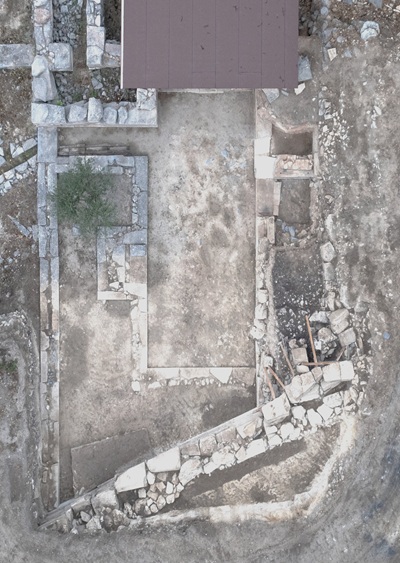
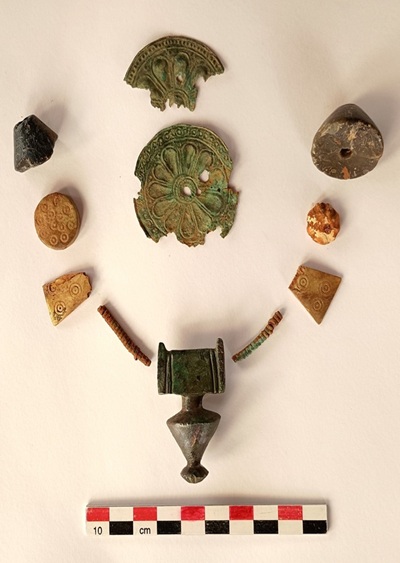
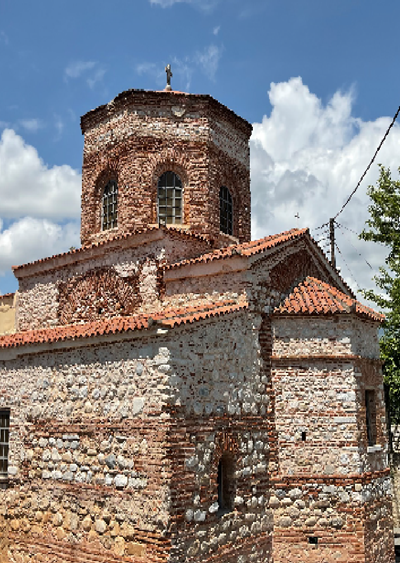
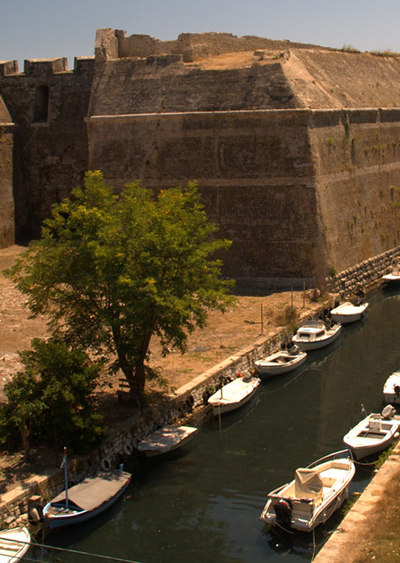


Leave A Comment